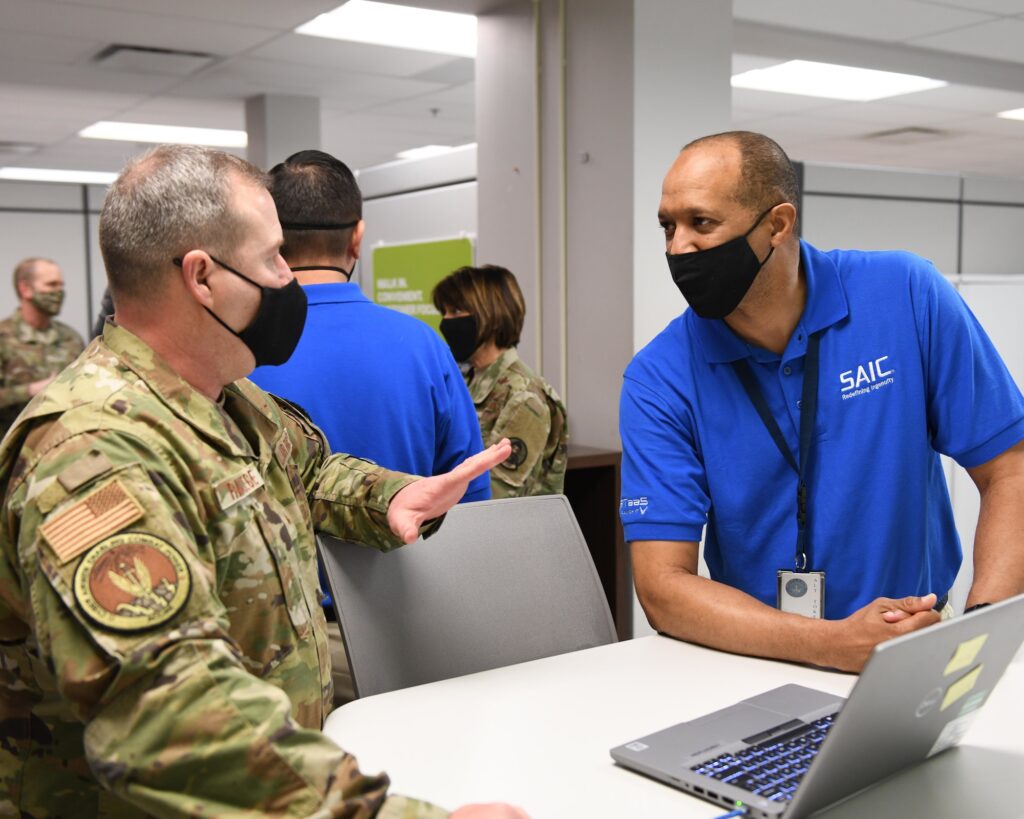This content explores the future of military training and how technology-based resources are redefining success in this field. It discusses the use of virtual reality simulations, artificial intelligence and machine learning, data analytics and performance tracking, and unmanned systems and robotics in military training. The article highlights the benefits and opportunities offered by these technologies, such as enhanced decision-making abilities and personalized training programs. However, it also acknowledges the challenges and ethical considerations associated with technology reliance and data security. Overall, the article emphasizes the need for responsible and adaptive use of technology in military training to optimize soldier performance and preparedness.
The Future of Military Training: Technology-Based Resources Redefining Success
Introduction
In recent years, technological advancements have reshaped almost every aspect of our lives, and military training is no exception. From virtual reality simulations to artificial intelligence, technology-based resources are offering new opportunities for military personnel to enhance their skills, performance, and effectiveness on the battlefield. In this article, we will explore how these technologies are redefining success in military training and shaping the future of warfare.
Virtual Reality Simulations
One of the most prominent advancements in military training is the use of virtual reality (VR) simulations. These immersive environments allow soldiers to train in realistic scenarios without the risks associated with live exercises. With VR, soldiers can practice everything from combat tactics to vehicle operation, enhancing their decision-making abilities, situational awareness, and muscle memory. This technology also enables the military to provide training experiences that would be difficult or impossible to recreate in traditional settings, such as extreme weather conditions or complex urban environments. As VR continues to evolve, so too will its impact on military training and preparedness.
Artificial Intelligence and Machine Learning
Artificial intelligence (AI) and machine learning are revolutionizing military training by providing personalized and adaptive learning experiences. These technologies can analyze vast amounts of data, including past performances and individual strengths and weaknesses, to create tailored training programs for each soldier. AI-powered virtual tutors can offer real-time feedback and targeted instruction, optimizing the learning process and accelerating skill development. Furthermore, machine learning algorithms can predict future challenges and identify areas where additional training is necessary, allowing the military to focus its resources effectively. As AI and machine learning capabilities continue to advance, military training will become even more effective and efficient.
Data Analytics and Performance Tracking
Data analytics and performance tracking tools play a crucial role in evaluating and improving military training. By collecting and analyzing data from various training exercises, these technologies provide valuable insights into individual and collective performance. Commanders can monitor the progress of their troops in real-time, identify areas that need improvement, and adjust training strategies accordingly. By leveraging data analytics, military organizations can track trends, measure the impact of different training methods, and make data-driven decisions to optimize training programs. This creates a continuous cycle of improvement, ensuring that military personnel are always prepared for the challenges they may face.
Unmanned Systems and Robotics
Unmanned systems and robotics are becoming increasingly prevalent in military training, offering new opportunities to enhance soldier capabilities. Autonomous drones can simulate realistic enemy combat scenarios, providing soldiers with valuable experience in identifying and neutralizing threats. Additionally, robots and robotics-assisted training can simulate casualty evacuation scenarios, allowing soldiers to practice critical medical procedures without the risks associated with live exercises. These technologies not only improve the effectiveness of training but also enhance safety by reducing the potential for injuries during high-risk exercises.
Challenges and Ethical Considerations
While technology-based resources show tremendous potential for improving military training, there are also unique challenges and ethical considerations that must be addressed. For example, there is a need to ensure that personnel do not become overly reliant on technology to the point where essential physical skills are neglected. Additionally, data security and privacy concerns need to be carefully addressed, especially when dealing with sensitive information relating to military strategies and capabilities. Lastly, the ethical implications of autonomous systems and robotic warfare need to be thoroughly examined to ensure that the use of such technologies aligns with international humanitarian laws.
Conclusion
Technology-based resources are rapidly transforming military training, offering new possibilities to enhance soldier performance and preparedness. From virtual reality simulations to AI-powered learning systems, these technologies enable individualized training experiences, real-time performance tracking, and adaptive skill development. The future of military training lies in leveraging the power of data analytics, artificial intelligence, and unmanned systems to create highly effective and efficient training programs. However, it is crucial to address the challenges and ethical considerations associated with these advancements to ensure that they are used responsibly and in adherence to international laws and principles. As we venture further into the age of technology, the success of military training will be defined by the ability to adapt, innovate, and harness these advancements for the benefit of defense forces worldwide.
